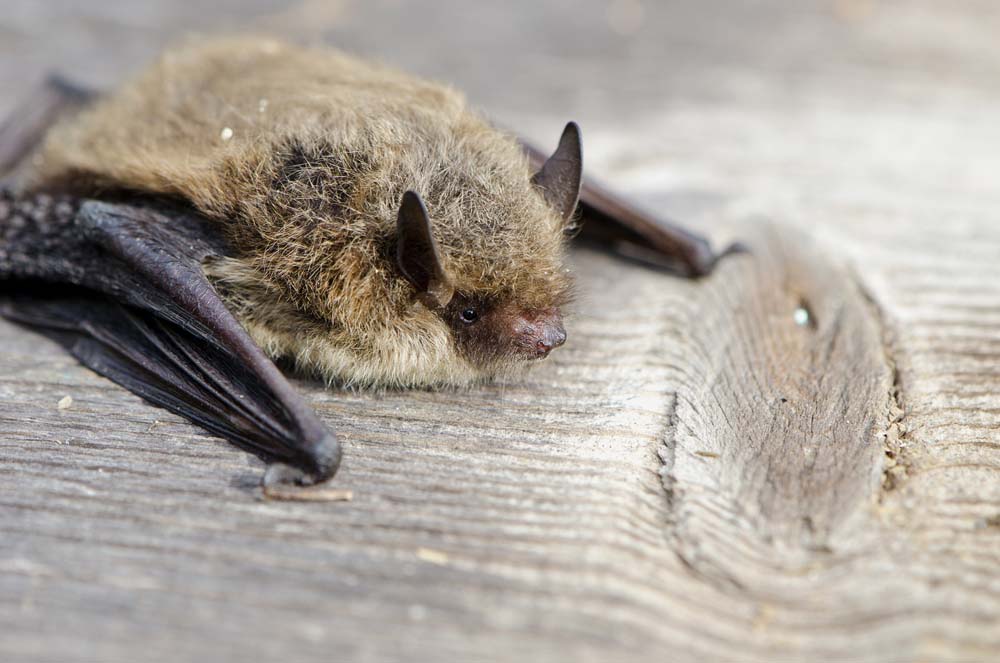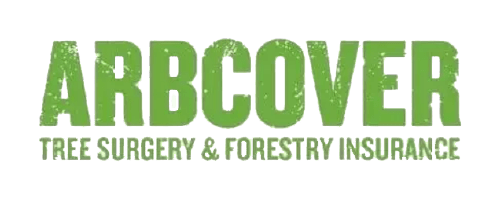Our structured bat survey process has been refined to ensure maximum efficiency while maintaining complete compliance with all relevant wildlife protection regulations. We follow a clear three-step approach and work according to the Bat Conservation Trust (BCT) Guidelines – 4th Edition (2023) to ensure our surveys meet national standards.
Step 1: Preliminary Roost Assessment (PRA)
The preliminary roost assessment forms the essential first phase of all bat surveys. During this inspection:
- Our experienced ecologists thoroughly examine buildings, structures, and trees for bat roost potential.
- We identify potential roost sites, access points, and evidence of bat occupancy, such as bat droppings.
- We assess the surrounding habitat for foraging and commuting value.
- We provide clear recommendations on whether further surveys are needed.
The good news is that preliminary roost assessments can be conducted year-round, allowing you to start the process immediately, regardless of season. This applies to buildings and to trees identified through standard tree surveys Glasgow-wide.
Step 2: Bat Activity Surveys
If the PRA indicates potential for roosting bats, we conduct targeted activity surveys during the bat survey season (May–September):
- Emergence surveys: Evening assessments to identify bats leaving roosts.
- Re-entry surveys: Dawn survey observations of bats returning from foraging.
- Transect surveys: For larger sites to map bat movement corridors.
Our professional ecologists use specialised equipment, including broad-spectrum bat detectors, full-spectrum audio recorders, and thermal imaging cameras, to accurately record and identify bat species and behaviour. The number of surveys required depends on the site’s potential to support bats, following Bat Conservation Trust good practice guidelines.
Step 3: Detailed Reporting & Mitigation
Following the completion of all necessary surveys, we deliver:
- Detailed bat survey reports tailored for planning submission.
- Clear assessment of potential impacts on bat populations
- Practical mitigation measures if bats are present.
- Guidance on whether a bat licence from Scottish Natural Heritage (now NatureScot) is required.
- Support throughout the entire process of planning applications.
If bats are present, we design effective bat mitigation strategies that balance development needs with conservation requirements, potentially including bat boxes, sensitive lighting schemes, or timing works to avoid disturbance during sensitive periods like bat hibernation.
We also assist clients throughout the NatureScot bat licence application process, including document preparation, mitigation plans, and compliance monitoring.






